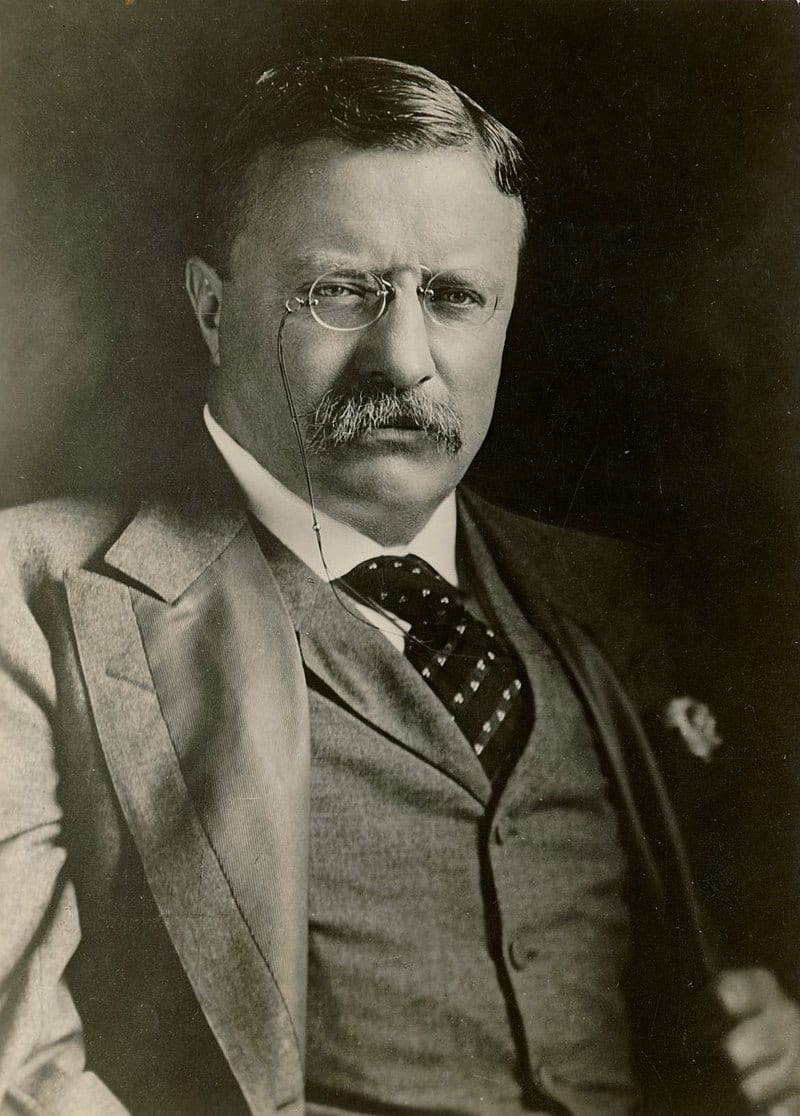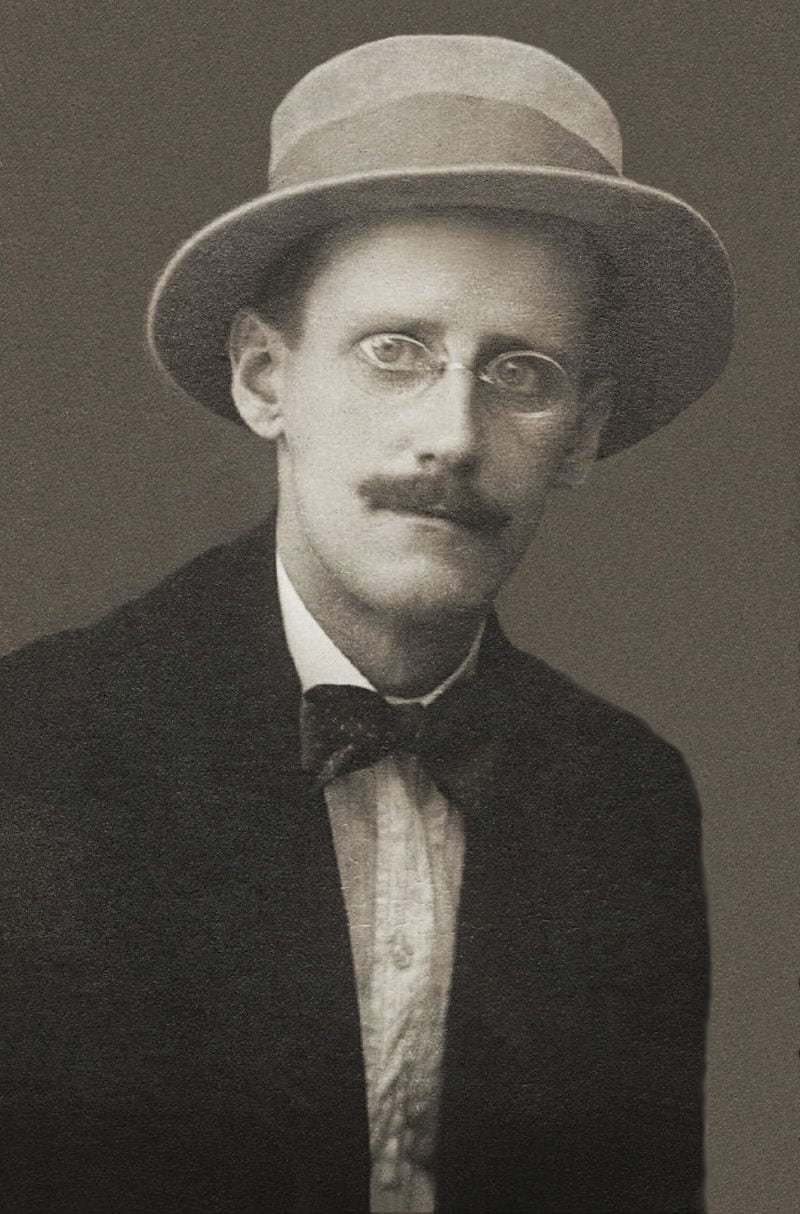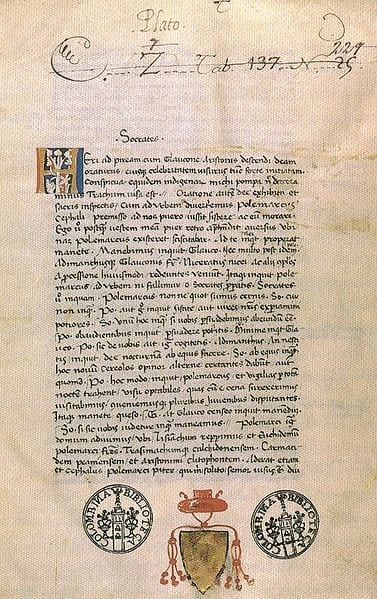Trending Now
If you’re a big pop culture buff, then you might remember seeing or hearing these riddles around — but the real question is: do you remember the answers? If not, can you get there on your own (without the help of your smartphone)? Now’s your chance to find out!
#5. Teddy loved this one.

Image Credit: Wikimedia Commons
This riddle was rumored to be one of the former President Teddy Roosevelt’s favorite.
“I talk, but I do not speak my mind
I hear words, but I do not listen to thoughts
When I wake, all see me
When I sleep, all hear me
Many heads are on my shoulders
Many hands are at my feet
The strongest steel cannot break my visage
But the softest whisper can destroy me
The quietest whimper can be heard.”
Continue reading for the answer!
#5. Would Teddy Roosevelt have stumped you?

Image Credit: Wikimedia Commons
Answer:
An actor.
#4. Don’t think too hard.

Image Credit: Wikimedia Commons
Stephen Dedalus poses a riddle to his students in Ulysses, and it goes like this:
“The cock crew,
The sky was blue:
The bells in heaven
Were striking eleven.
‘Tis time for this poor soul
To go to heaven.”
Got it? (Don’t stress if you haven’t…)
#4. Did you overthink it?

Image Credit: Wikimedia Commons
Answer: “The fox burying his grandmother under a hollybush.”
Most scholars think this nonsense riddle and answer are making a point about riddles themselves, so don’t beat yourself up.
#3. It was good enough for John McClane.
This one is from the 18th century, but you might know it from “Die Hard with a Vengeance.” Take a crack:
“As I was going to St. Ives,
I met a man with seven wives,
Each wife had seven sacks,
Each sack had seven cats,
Each cat had seven kits:
Kits, cats, sacks, and wives,
How many were there going to St. Ives?”
Continue reading for the answer!
#3. Did it trick you? It tricked John McClane…
Answer: One.
If the narrator meets the group on the way to St. Ives, then they must be going in the opposite direction. The math calculations are simply a bit of trickery meant to misdirect.
#2. The first riddle?

Image Credit: Pixabay
No one is positive about it being the first riddle ever, but this ancient Sumerian riddle was surely one of the first, and it has endured against all odds.
“There is a house. One enters it blind and comes out seeing. What is it?”
#2. What sort of house can make a blind man see?

Image Credit: Pixabay
Answer: A school.
#1. Classical head-scratcher

Image Credit: Wikimedia Commons
Plato references a famous Greek riddle in The Republic. Can you solve it all these years later?
“There is a story that a man and not a man
Saw and did not see a bird and not a bird
Perched on a branch and not a branch
And hit him and did not hit him with a rock and not a rock.”
#1. From Ancient Greece to you…how did you do?

Image Credit: Wikimedia Commons
Question:
“There is a story that a man and not a man
Saw and did not see a bird and not a bird
Perched on a branch and not a branch
And hit him and did not hit him with a rock and not a rock.”
Answer:
“A eunuch who did not see well saw a bat perched on a reed and threw a pumice stone at him which missed,” according to Plato.
You totally got that, right?
Thanks for playing along today!






